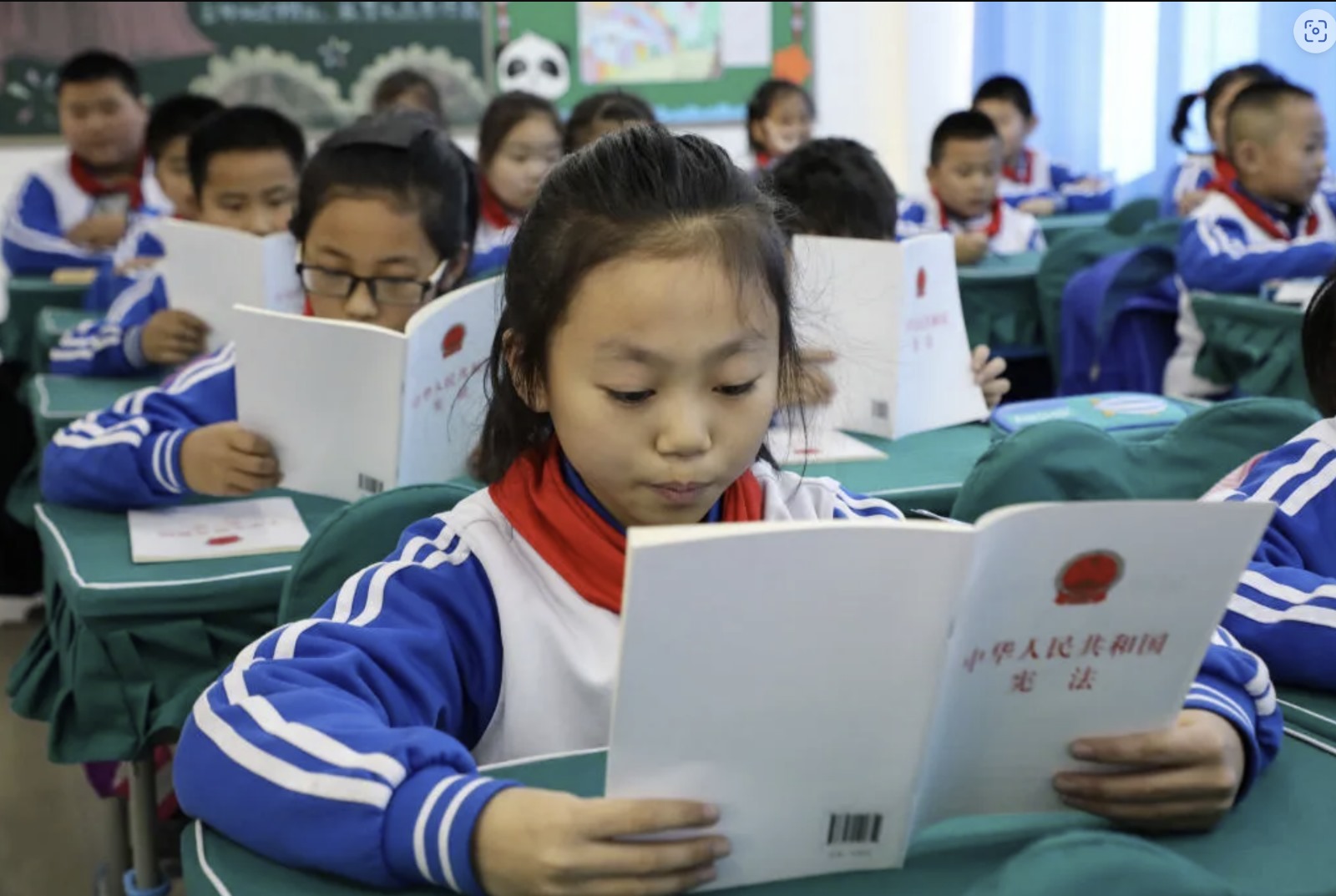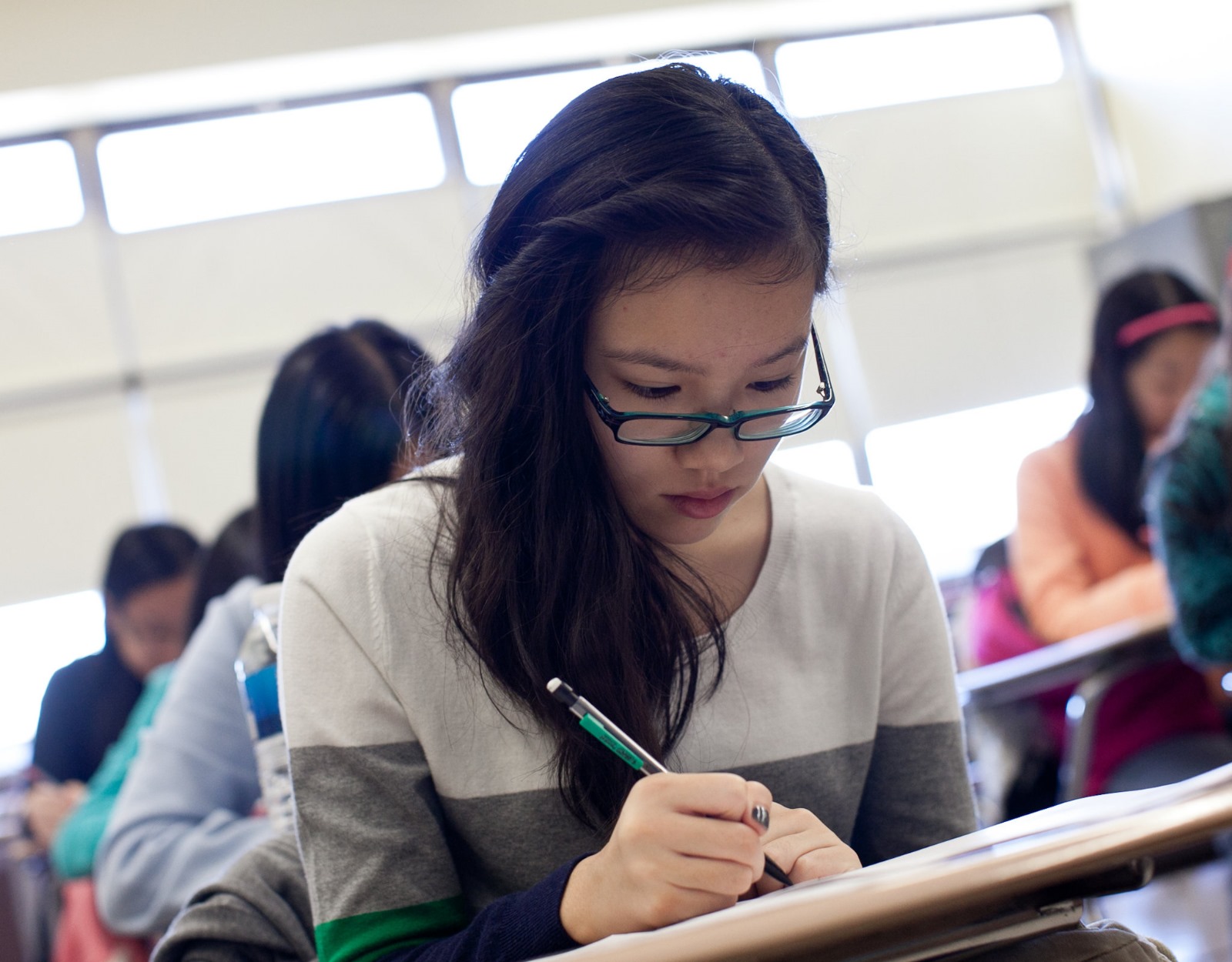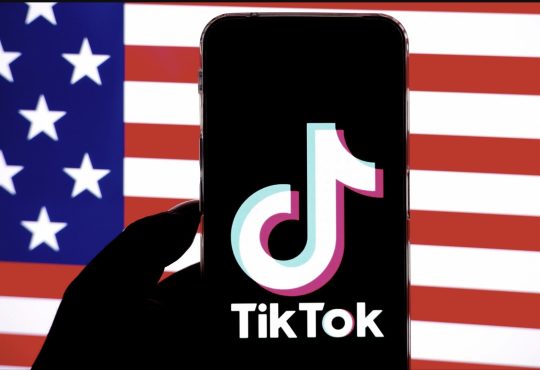The Absence Epidemic By Howard Bloom
Thomas S. Dee, an education professor at Stanford University, has just released the results of a study he carried out in partnership with the Associated Press. The study’s topic is student absenteeism in 40 states, and the results are disturbing.

The Dee study concludes that 6.5 million students are chronic absentees. They are absent more than one in ten days of the school year. What’s worse, in seven states, chronic absenteeism has doubled since the days before Covid.
Over 50% of students are chronic absentees in states like Alaska and New Mexico. Almost 50% are chronically absent in Washington DC. And in New York City, where I live, 55% of 12th graders are chronically absent. More than half.
But that’s just the tip of the iceberg. As you already know, our students are doing miserably compared to our global competitors. For example, on the Northwest Evaluation Association’s NWEA Scale, China’s students lead the world with an average test score of 592.
Students in the United States, on the other hand, score an abysmal 478. Which means our kids are behind China’s kids by a whopping 114 points. That’s a lag of nearly 24%.
Our student test results were bad coming out of the pandemic two years ago. But this year they are even worse.
Our lag in the global educational competition is serious stuff. It is stuff we normally blame on our schools. After all, our education budget as a percentage of GDP is below the global average, which means our investment in education is less than roughly 80 other nations.

But are our schools really to blame for the fact that fewer and fewer kids show up? Maybe not. We pay teachers an average of $66,397 a year. That’s much more than the income of the average American worker. 22% more.
We have more teachers per student than China, the world leader in student achievement. China has 23 students for every teacher. We have the luxury of only 15 students per teacher. Our classes are smaller, so our student outcomes should be better. And so should our rates of attendance.
If the problem is not our teachers or our schools, what can account for such poor learning and such poor attendance? The answer may lie in a dilemma in Arizona.
A year ago, Congress passed the CHIPS Act, part of a Biden policy to bring computer microchip supply chains back from China to the United States. The world’s leader in microchip production is Taiwan Semiconductor Manufacturing Company, better known as TSMC. The Biden administration convinced TSMC to build a $12 billion chip plant in Arizona. There’s only one hitch. TSMC can’t find enough workers with the skills it takes to build the Arizona factory. Why?
The problem is not our poor student grasp of math and reading. TSMC’s Taiwan executives say the obstacle is something radically different.

The obstacle is our culture. Americans are too soft and spoiled to provide the sort of work that modern chipmaking demands. Americans are not willing to work long hours and to show up for duty on an hour’s notice.
We have developed what some call a therapeutic-culture, a couch culture, a coddling culture. A culture in which our failures of will are excused and we are not told that we have to steel ourselves and keep on going, but instead that we have to spill our woes to a mental health worker.
And that lack of discipline may be behind more than just one chip-maker’s America problem. It may be behind poor school attendance.
References:
Thomas S. Dee, Higher Chronic Absenteeism Threatens Academic Recover) from the COVID-19 Pandemic, National Center for Education Statistics, https://ideas.repec.org/p/osf/osfxxx/bfg3p.html
https://apnews.com/article/standardized-test-scores-pandemic-school-caf7eb10e5964c2f654f9621dd4b6648
https://educationdata.org/public-education-spending-statistics
https://www.washingtonpost.com/education/2023/06/21/national-student-test-scores-drop-naep/
https://www.cnn.com/2020/05/15/tech/tsmc-arizona-chip-factory-intl-hnk/index.html
https://www.businessinsider.com/tsmc-jobs-taiwan-semiconductor-chip-worker-skills-work-ethic-2023-8
https://www.nytimes.com/interactive/2020/us/states-reopen-map-coronavirus.html
https://educationdata.org/public-education-spending-statistics
https://www.foxnews.com/us/6-5-million-students-chronically-absent-after-pandemic-new-study-shows
https://nypost.com/2023/05/20/55-of-nyc-12th-graders-chronically-absent-post-covid/
https://www.letsgolearn.com/math-assessment/us-ranking-in-math/
______
Howard Bloom of the Howard Bloom Institute has been called the Einstein, Newton, and Freud of the 21st century by Britain’s Channel 4 TV. One of his seven books–Global Brain—was the subject of a symposium thrown by the Office of the Secretary of Defense including representatives from the State Department, the Energy Department, DARPA, IBM, and MIT. His work has been published in The Washington Post, The Wall Street Journal, Wired, Psychology Today, and the Scientific American. He does news commentary at 1:06 am Eastern Time every Wednesday night on 545 radio stations on Coast to Coast AM. For more, see http://howardbloom.institute.







